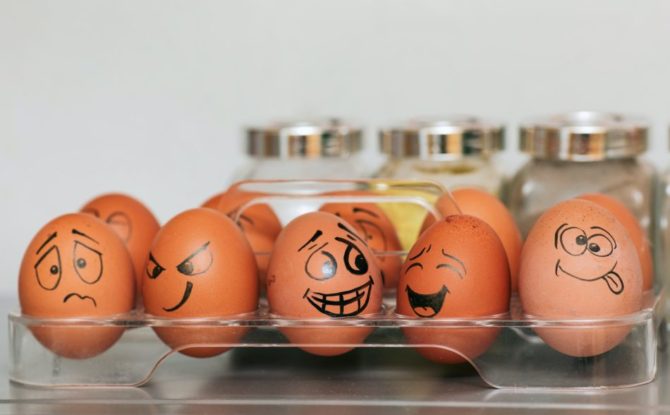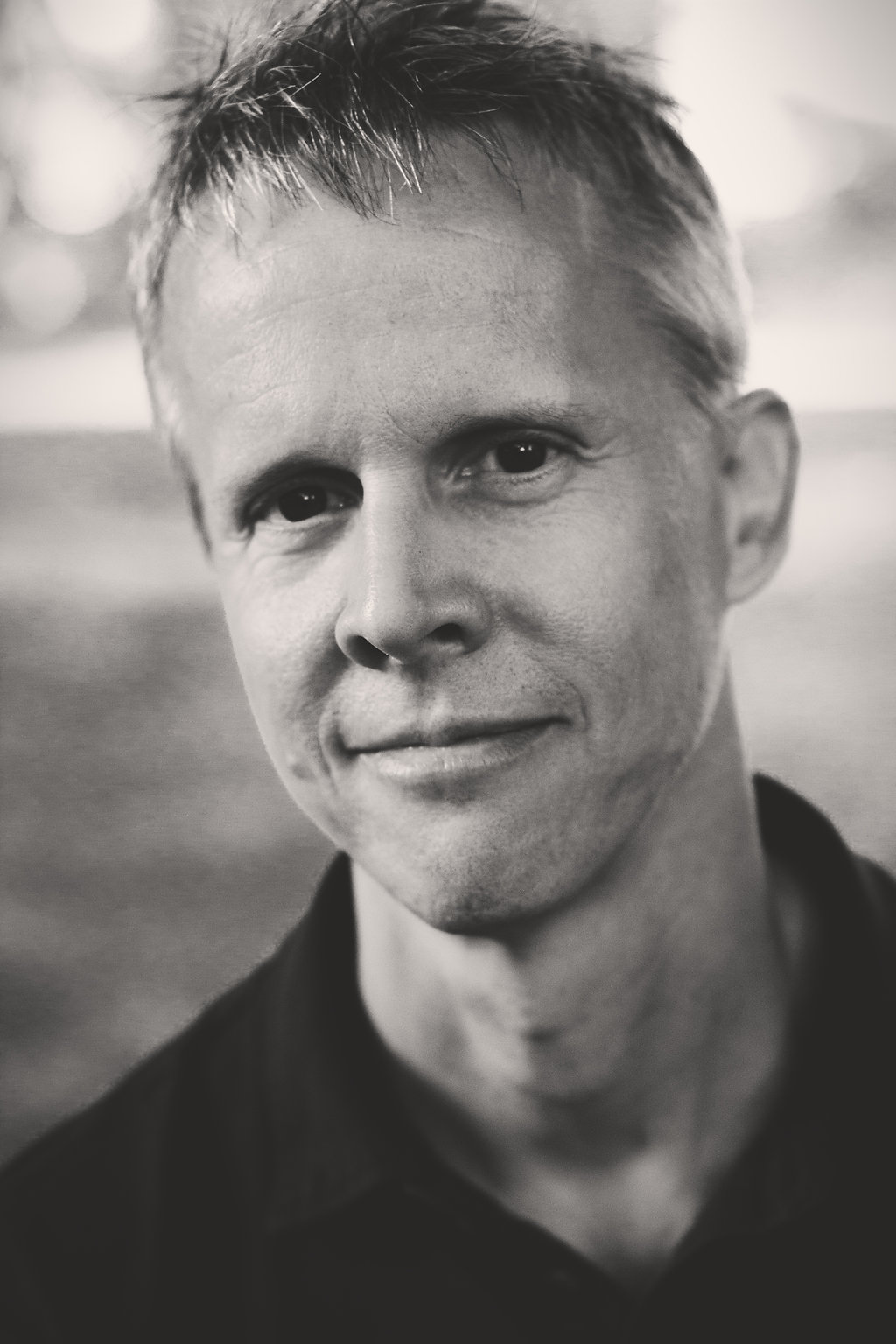Stress is used as an explanation to cover everything from an outbreak of cold sores to a full blown heart attack. But how do we get from a nebulous concept like stress to a symptom that’s not at all subtle, like a headache in the middle of the night?
Last time we explored the varied forms of stress and we got a broad view of how it leads to illness. In this article, I’ll go over how our bodies actually respond to the varied stresses it is placed under. Understanding this will leave you much more prepared to handle health decisions and challenges you’re faced with every day.
I’ll start with an example that I use with a lot of my patients.
Let’s say a person — we’ll call her Jane — has recently twisted her ankle. As a result, she’s walking more towards the inside of her foot to avoid the pain she experiences when she gets too much weight on the outside.
Jane does this for a week or so, and the pain in her ankle seems to resolve.
A couple of weeks go by with her ankle feeling pretty good, though perhaps just a bit stiff from time to time. However, now the inside of her knee is hurting.
She doesn’t know why this started, but she’s found that, without really even thinking about it, if she just shifts her weight a little bit to the outside of her hips her knee stops hurting.
Jane continues to hold herself this way and six or eight weeks go by without her knee or her ankle hurting. The problem she has now is that her hip has started to bother her.
No change in position or amount of time resting make the discomfort go away.
This is the state she is in when she walks into my office, complaining of hip pain. So put yourself in the doctor’s shoes for a moment, and tell me: where is Jane’s problem?
From experience, I can tell you that if we just address the spot where she’s having discomfort — around her hip — we won’t get very far. She’ll either have no relief at all, or the pain will be back in short order.
Our fictitious patient has essentially layered herself into a problem that won’t go away until we remove the layers in the order that they came about. That is, we have to address the hip, knee, and foot — and typically in that order — to provide our patient with complete relief and optimal healing.
We tend to layer problems on top of each other, and it’s only when we’ve layered so much that our bodies have nowhere to go that we then have pain, discomfort, or some other symptom that won’t go away. Addressing these issues in order is a process that doctors for over one hundred years have referred to as “peeling the layers of the onion”.
The question you might ask at this point is: why wouldn’t the body just heal the original problem and be done with it?
The big concept to get here is that, contrary to popular belief, the body’s main priority when it is hurt is not to heal. The body first and foremost is trying to survive.
Let’s use an analogy.
Imagine you’re sitting in a house somewhere and all of a sudden you feel a huge earthquake begin. You look up and see the ceiling cracking. It seems like the whole house could come down on top of you at any minute, so you start to run to the door to get outside.
Before you make it to the door, though, you find a big bookcase that you had in the hallway has fallen over. It and the dozens of books that were placed upon it are now strewn on the floor in front of you, blocking your path out of the house and away from imminent danger.
Given this scenario, would you take the time to carefully stand the bookcase back upright, and then proceed to neatly place all the books back on their proper shelves in the appropriate order?
Probably not.
Chances are, you’d use whatever strength you had to quickly push the bookcase out of the way, and throw the pile of books in whatever direction was most convenient so you could get out the door fast.
You’re not worried about what the mess looks like right now, as you have survival as your first priority. You know there will be plenty of time later to come back and pick up the mess.
You hope so anyway. But what happens if you come back, and instead of having time to clean up, you now have to deal with a tornado, or a fire, or a family crisis?
The books might just get pushed to the side somewhere, maybe even preventing you from getting easily to the kitchen, bathroom, or bedroom.
Our bodies work very much along the same sorts of principles. Systemically we deal with problems in order of priority, stacking things on top of each other without necessarily having fixed the last thing.
Basically, we adapt to the problem at hand in order to remain functional and survive against the onslaught of stresses that each of us encounters every day. True healing is something else entirely.
Healing, like an orderly cleaning of our traumatized house above, requires time and energy. If that time or energy is concentrated on something else, problems will pile up, and it will require additional, focused energy to neatly clear out the adaptational mess that has developed.
My time as a doctor is spent helping people find their way out of the maze, frequently addressing issues that people might have thought they had completely dealt with ages ago.
What they didn’t realize is that they simply adapted to whatever problem they had, without really healing from it.
Jane never really healed from her twisted ankle. The pain stopped, yes. But she never addressed the altered gait or lack of muscular support that she had from the original trauma.
Each adaptation we layer on top of a problem requires energy. Having to walk over or around the pile of books that used to be on the bookcase takes more energy than simply walking the straight path that used to exist before things fell over.
Every additional adaptation that gets added on requires more energy, until it becomes all we can do just to navigate our little mess of a house.
The effort it takes to clean up the mess (or “heal” from the problem) will take an additional, one-time expenditure of energy. But over the long haul the energy saved in having a clear path will be far greater.
Knowing this along the way can save lots of time, energy, and discomfort. Just like addressing small messes along the way is a lot easier than a complete house cleaning, getting aches, pains, or injuries you might experience evaluated before they become unmanageable will keep your physical, mental, and emotional house in order.





